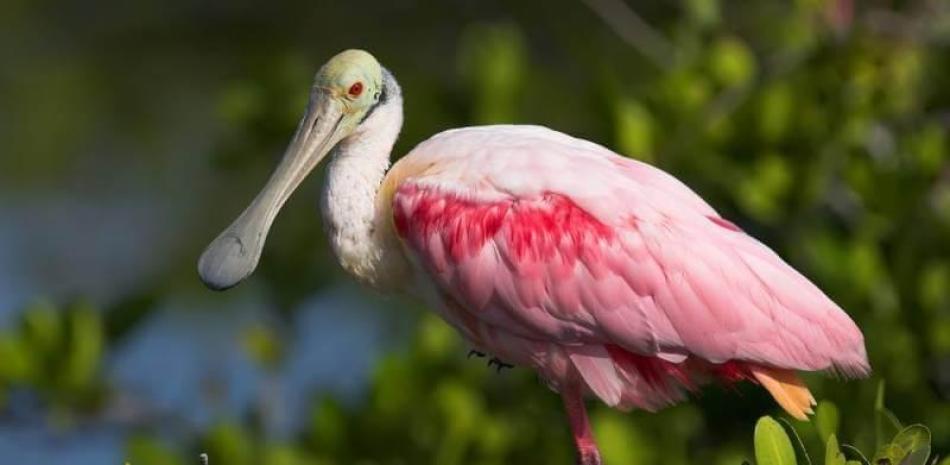The massive return of Roseate Spoonbills, a bird of the pelican family, whose specimens could be counted on the fingers in the Jacarepaguá lagoons, in Rio de Janeiro, is a sign that the recovery campaign for this threatened species is beginning to bear fruit. and delicate urban ecosystem.
The biologist Mario Moscatelli, who for three decades has dedicated himself to studying and caring for the entire hydrographic and marine basin of Rio, believes that these flat-billed birds are a symbol of hope for who fight for the recovery of the lagoons of the most emblematic city of Brazil.
“The return of the roseate spoonbills is a timid sign that the environmental improvement that we are promoting will surely generate an explosion of life in this lagoon system,” Moscatelli told EFE.
The Jacarepaguá lagoon complex, with 11.2 square kilometers, It bathes the western area of Rio de Janeiro, the area where the main facilities for the 2016 Olympic Games were built, and where it is possible to come across some alligators and capybaras (capybaras).
It is the outlet of several rivers that come down from the mountains that surround Rio and that, due to the richness of its mangroves, It served as an important nursery for several species of fish, birds and reptiles.
But 50 years of disorderly growth in Brazil’s second largest city turned the lagoons into a destination for millions of inhabitants’ sewage and left the river complex polluted and on the verge of drying up.
The accumulation of garbage, organic matter and soil in the mangrovess left the native animals without food and those that survived, such as alligators and herons, have to share the space with garbage, even large volumes such as tires and furniture.
The situation only began to change in December 2021 when a local sanitation company obtained the concession to offer water and sewerage service in the region and began a recovery process, with a budget of 50 million dollars, and appointed Moscatelli as its main consultant.
“In the last year we fenced off and cleaned 5.2 kilometers of mangroves, removed 170 tons of garbage and we plant part of the 70,000 red mangrove plants that we grow in a nursery“said the biologist.
For the specialist, with the improvement of the mangrove and the water quality thanks to the dredging of the lagoons, in addition to the substantial reduction of sewage, “what was previously a deposit of dead fish begins to recover its biodiversity.”
Moscatelli calculates that the complex will return to stable levels in five years and that it can become an important environmental asset for Rio, mainly for ecotourism, in fifteen years.
Although the expert warns that, despite the efforts to prevent sewage from continuing to reach the lagoons, “It is impossible to find any river or channel in the region that is not a sewer.”
Antônio Melo, an activist who has lived for 30 years in this region known as the “Carioca Everglades”, in reference to the national park in Florida (USA), told EFE that he hopes that the complex can once again be a “paradise “.
“There are already 15 years of struggle for the revitalization of the lagoons. Capybaras, alligators and dozens of species of birds inhabit here. It is a paradise that has suffered for years with the dumping of sewage without treatment,” he commented.
His hope lies in the Dry Time collector, the first of the 54 that are in the project to have been installed, and whose function is to capture irregular discharges and pump the sewage to treatment stations.
